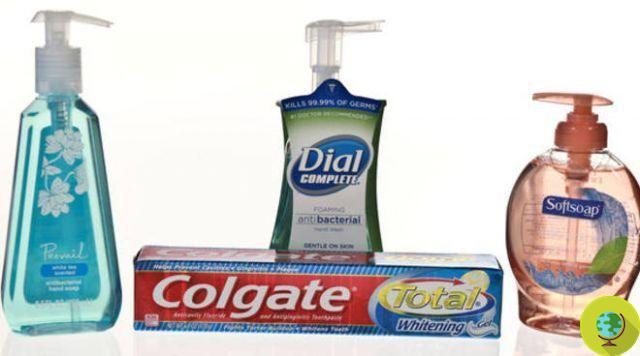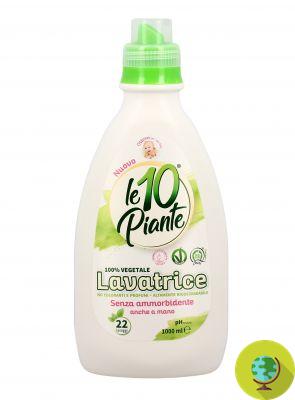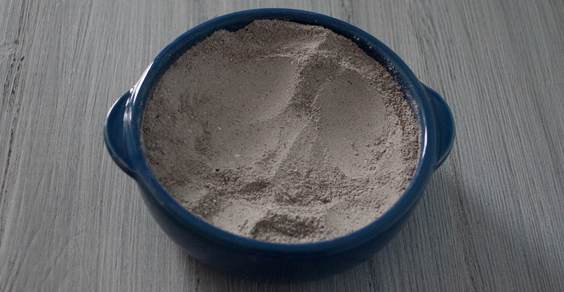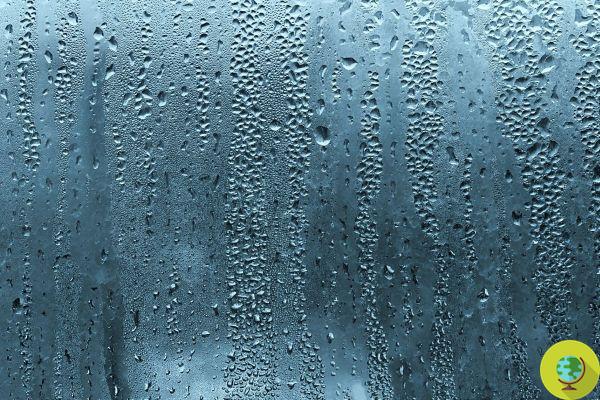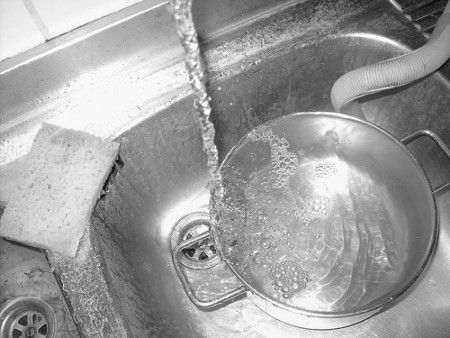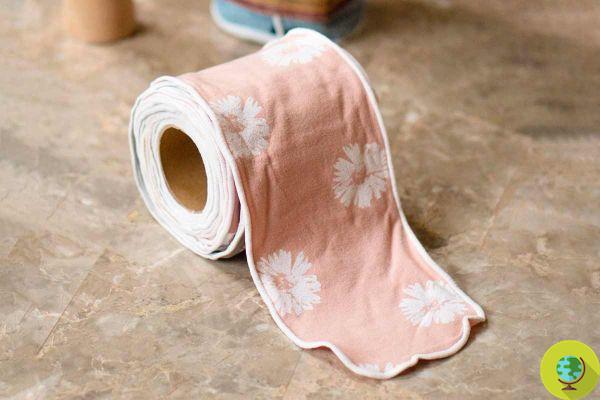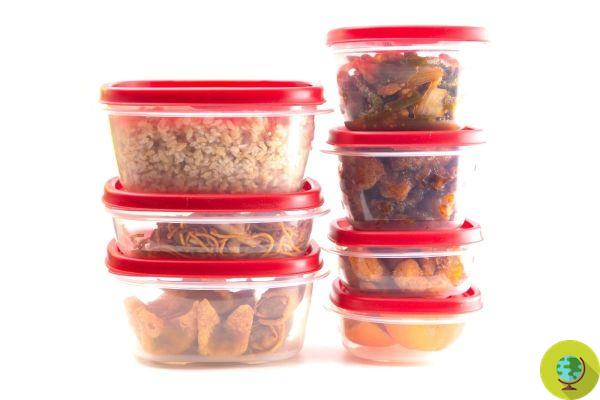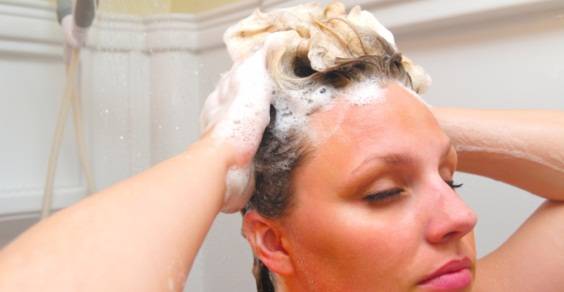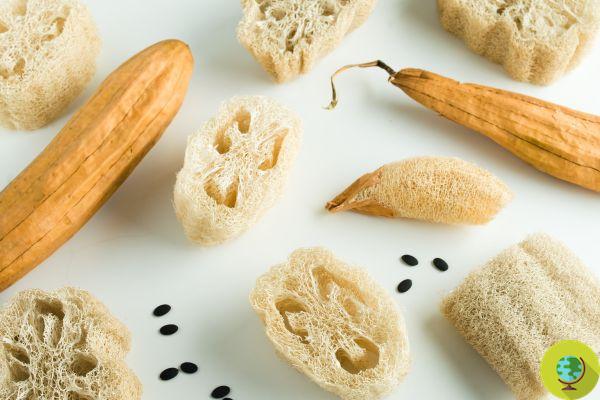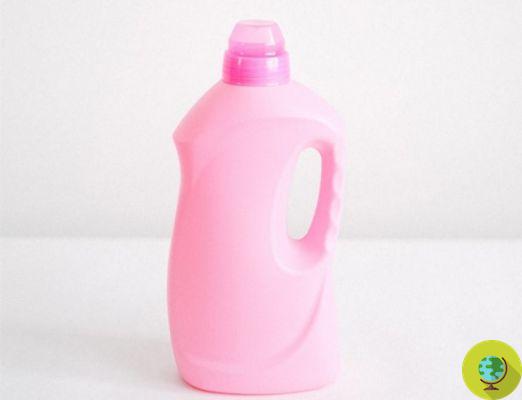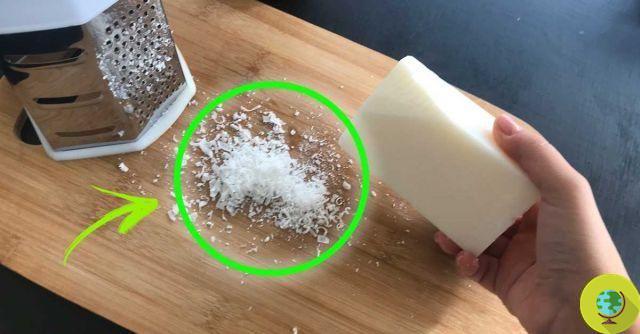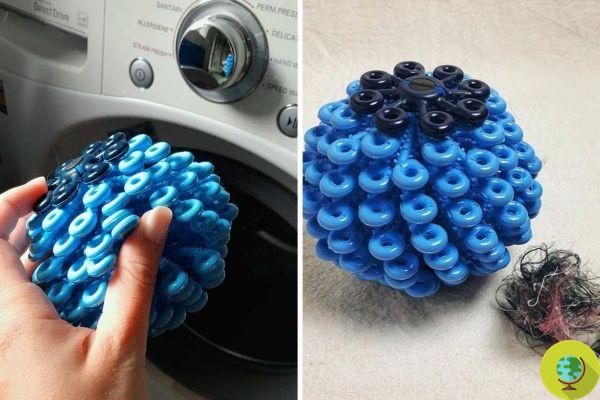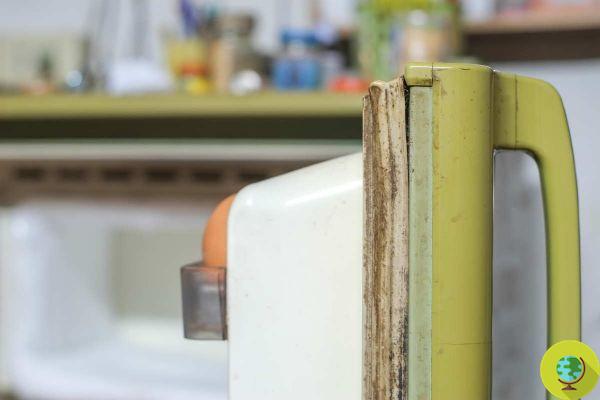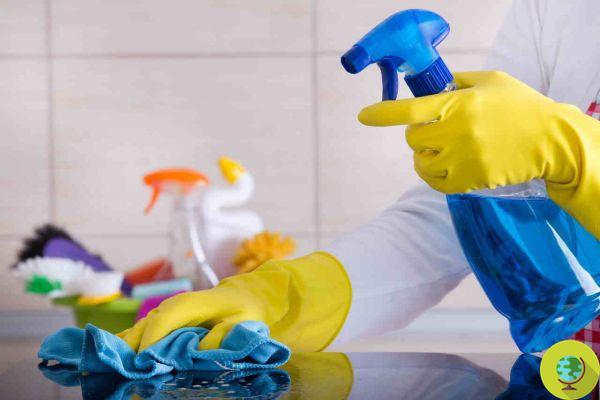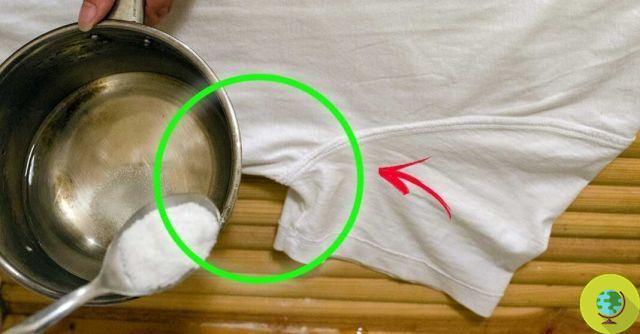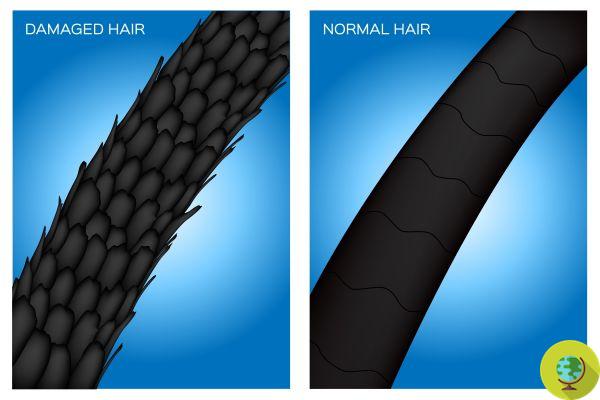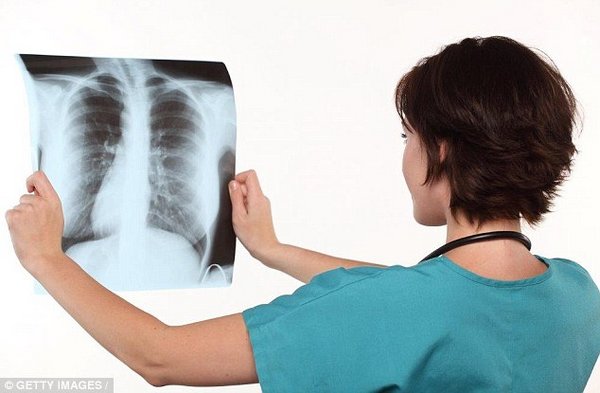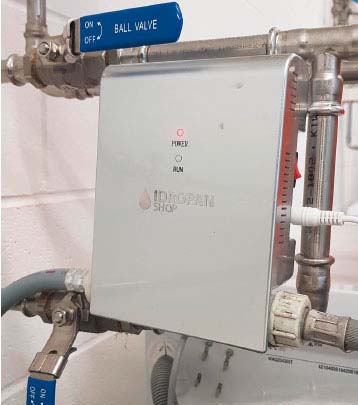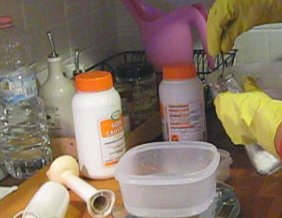How to best take care of the hair tools we use several times a day? Here is a small guide that explains how to clean combs and brushes of different shapes and materials
He is about to end up run over, his mother saves himDirty and full of hair combs and brushes are really disgusting and unhygienic. But how do we best take care of the hair tools we use several times a day? Here is a small guide explaining how to clean combs and brushes of different shapes and materials.
First we list a series of tools of different kinds that we commonly use on our hair. Many people use one or more of these solutions every day:
Index
Plastic comb
Fortunately, plastic combs are falling into disuse a bit, not only due to environmental factors, but also because most people have found that using them frequently leads to frizzy and dry hair due to the fact that they create a lot of static electricity ( in fact, plastic is a good conductor).
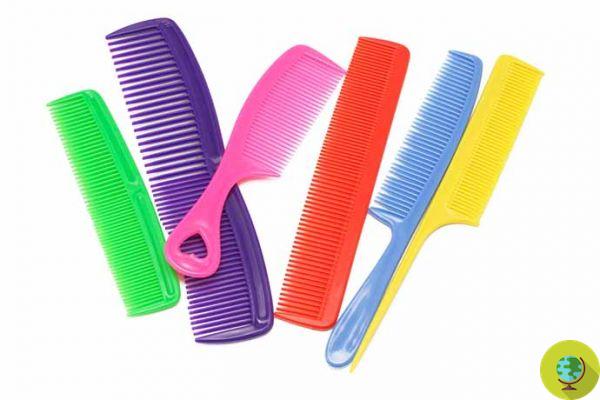
Brush or wooden comb
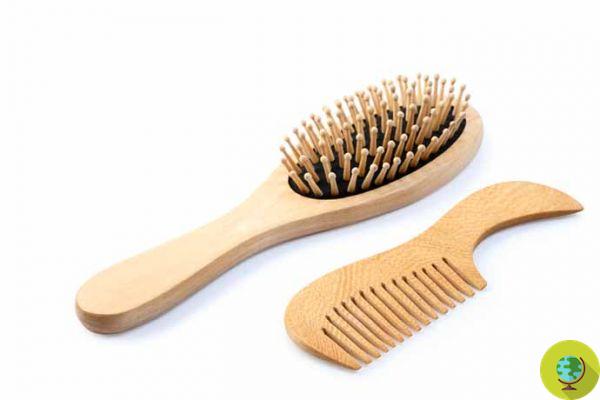
Delicate and durable wooden brushes and combs are known for arranging and untangling hair naturally by distributing the oils present in the hair from roots to ends. Among other things, they stimulate blood circulation in the scalp and hair growth. They also generate far less static electricity than plastic brushes and combs.
Round hair brush
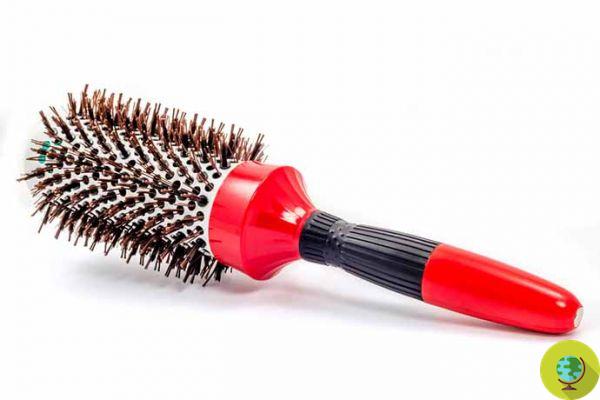
The round hairbrushes are cylindrical in shape and have bristles all around. Perfect for straightening hair but also for creating curls and waves, they are available in different sizes and are the perfect choice for those who love to take care of the styling of their hair.
Paddle hair brush
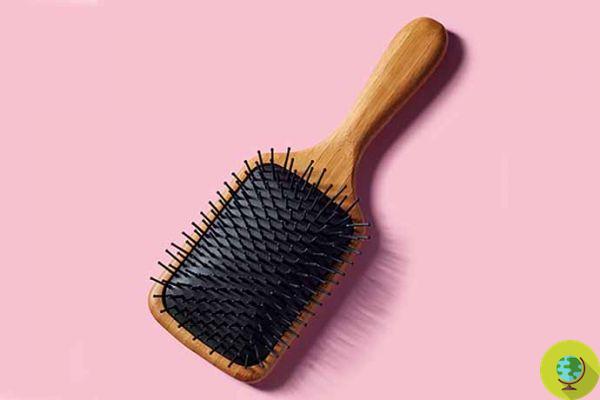
These brushes are flat and have a wide base. They are used to detangle and smooth hair, avoiding frizz and minimizing the risk of hair breakage. They are made of wood, plastic or ceramic material and are ideal for thick, long and straight hair.
Now let's find out how to best clean these tools.
Basic cleaning of combs and brushes
First you need to get the following tools:
- toothpick or nanny pin
- toothbrush
- a large basin
- mild shampoo or cleanser
- towel
- hairdryer (optional)
- a pair of scissors (optional)
Method
Initially you have to remove the bulk of the hair from the comb or brush with your fingers. Then use a toothpick or safety pin to remove deeper stuck hair. Alternatively, a pair of scissors can also be used.
The cleaning solution must then be prepared in which to immerse combs and brushes (or just their head). The bowl should therefore be filled with warm water to which a small amount of shampoo or mild detergent must be added, mixing well.
At this point, immerse brushes and combs for about 15-20 minutes in the solution and then thoroughly clean the bristles of the brush or the teeth of the comb with a toothbrush. A damp cloth can also be used to remove dirt.
After cleaning, it is recommended to rinse under running water and then dry the hairbrush or comb by leaving it in the air overnight. If you don't have the time, then you can pat dry with a towel and then use a hair dryer to remove excess moisture.
This basic cleaning should be done once every two weeks to maintain the hygiene of your hair tools at best but, if you do not have the time and desire, it is good to proceed with a deeper cleaning whenever you have time. .
How to deep clean hairbrushes and combs
In this case, to the aforementioned ingredients, apple cider vinegar, white vinegar or alcohol must also be added to be used instead of shampoo or mild detergent inside the basin.
The plastic combs can be dipped directly in denatured alcohol or apple cider vinegar, leaving them to soak for about 10-15 minutes. In other cases, it is better to immerse only the head of the brush or comb in a solution of white vinegar and water in the ratio 1: 1 for 15-20 minutes. After the time has elapsed, they should be rinsed under running water and dried.
Another possibility is to mix one part of vinegar or baking soda with four parts of warm water and dip the brush or comb to remove the dirt quickly and completely. However, this method does not work on wooden brushes and combs.
Precautions
If it is wooden or padded brushes or combs, do not immerse them completely in water to avoid damaging them. Just keep the bristles in the cleaning solution for a few minutes and then clean them very gently.
Read also:
- Baking soda: 50 ways to use it you don't expect
- Hair: 6 natural alternatives to shampoo




